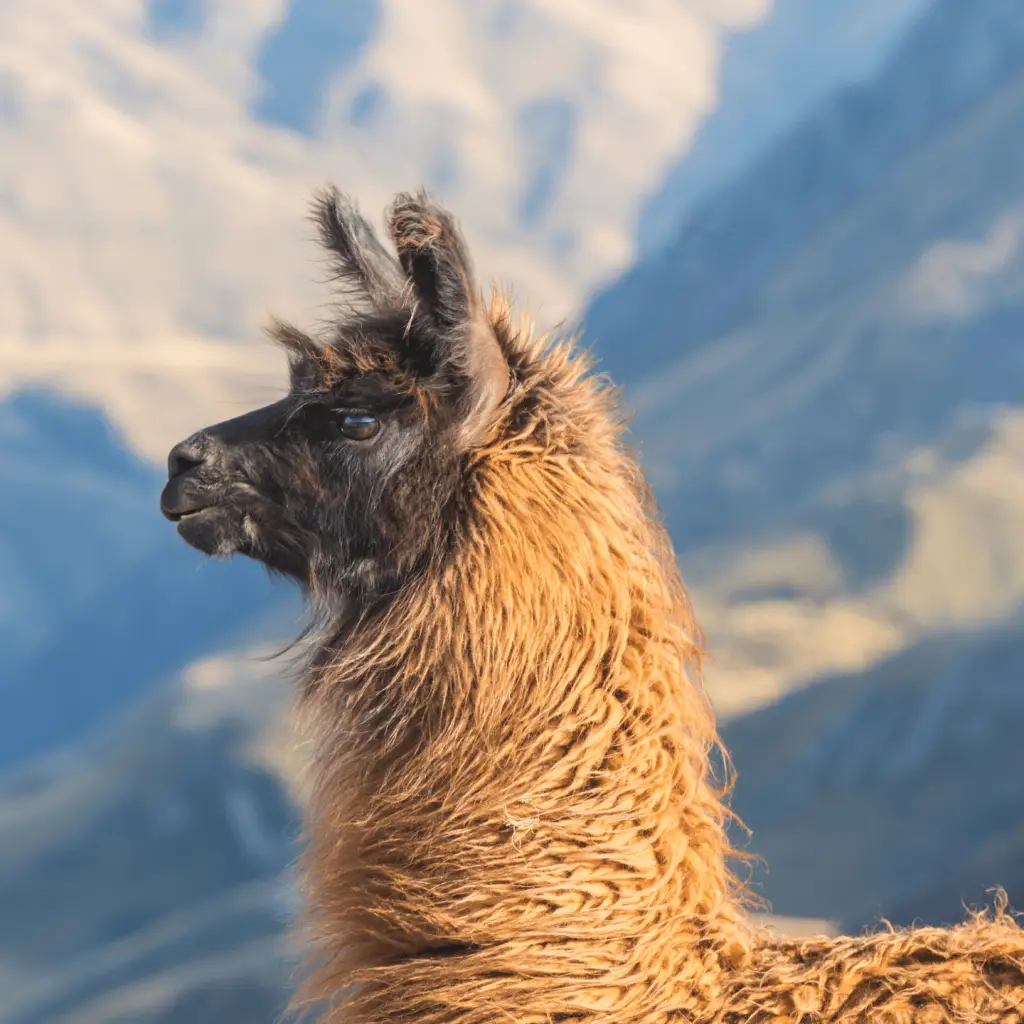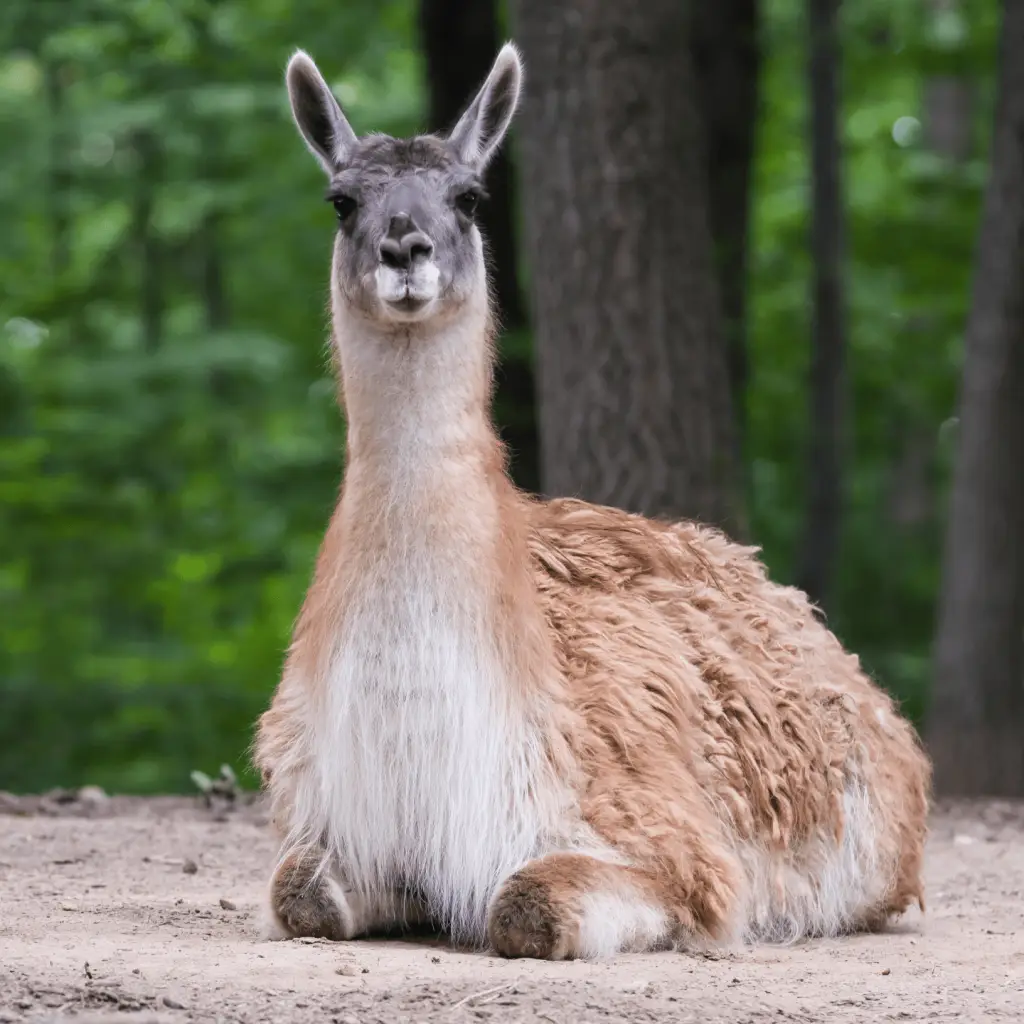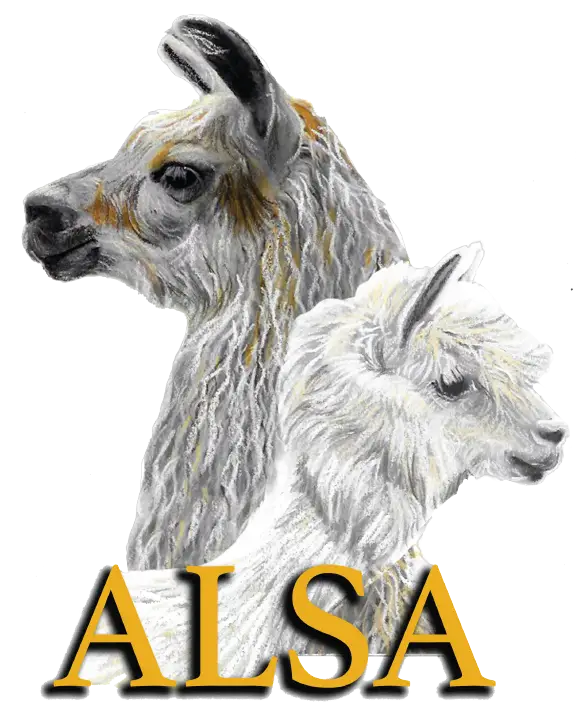How ALSA Began
The Alpaca Llama Show Association, Inc. was founded in December 1986 and incorporated in Wisconsin in January of 1987. The original name was the American Llama Show Association, Inc. The current name was adopted in January 1991 to include alpacas, thereby recognizing the major domesticated lama species.
The purpose of ALSA was to train judges and describe both halter and performance classes. Many different “standards” were being used in those days to judge animals, depending upon who organized a show, what they or the person hired as a judge thought important to consider, and perhaps what they had to sell to other people interested in llamas and alpacas.

Our First Handbook
The first handbook contained guidelines for judging based upon soundness, conformation and fiber and was written by experienced livestock judges who had become interested in judging camelids.
Membership was originally limited to Judges and Apprentice Judges. Late in 1987, ALSA’s founders decided to invite the major llama organizations to become a part of it. A board of directors would be formed, consisting of two members of each of the organizations, one member from Canada, and two members who were Judges.
Only LANA chose to participate, and the resulting board consisted of two representatives from it, one from Canada, and four elected by the ALSA judge membership. The board of directors in 1988 revised the Handbook, dividing halter classes into light, medium, and heavy wool with the major judging factors to be conformation and soundness, regardless of the placement or quantity of fiber.
An Ethical Code
This decision was because at that time too much emphasis in judging llamas was being based on the quantity of fiber on an animal, not its soundness and conformation – the latter two being the more important factors in the quality and long-term health of the animal.
By dividing halter classes in the three categories, this also gave every phenotype the opportunity to compete. Another important development in 1988 was institution of a code of ethics for Judges, exhibitors, show management, and breeders. This was done in an effort to ensure the integrity of shows and provide a fair foundation for all exhibitors and animals.

Make History With ALSA
Become a member of ALSA and join us in making history. Help shape the future of the First and Foremost Lama Show Association.

 by IDS Toledo
by IDS Toledo